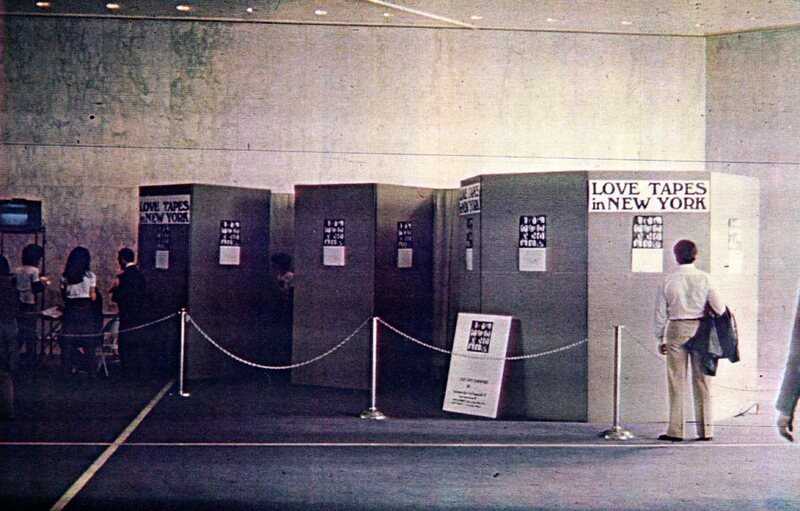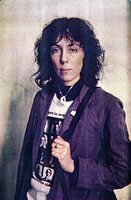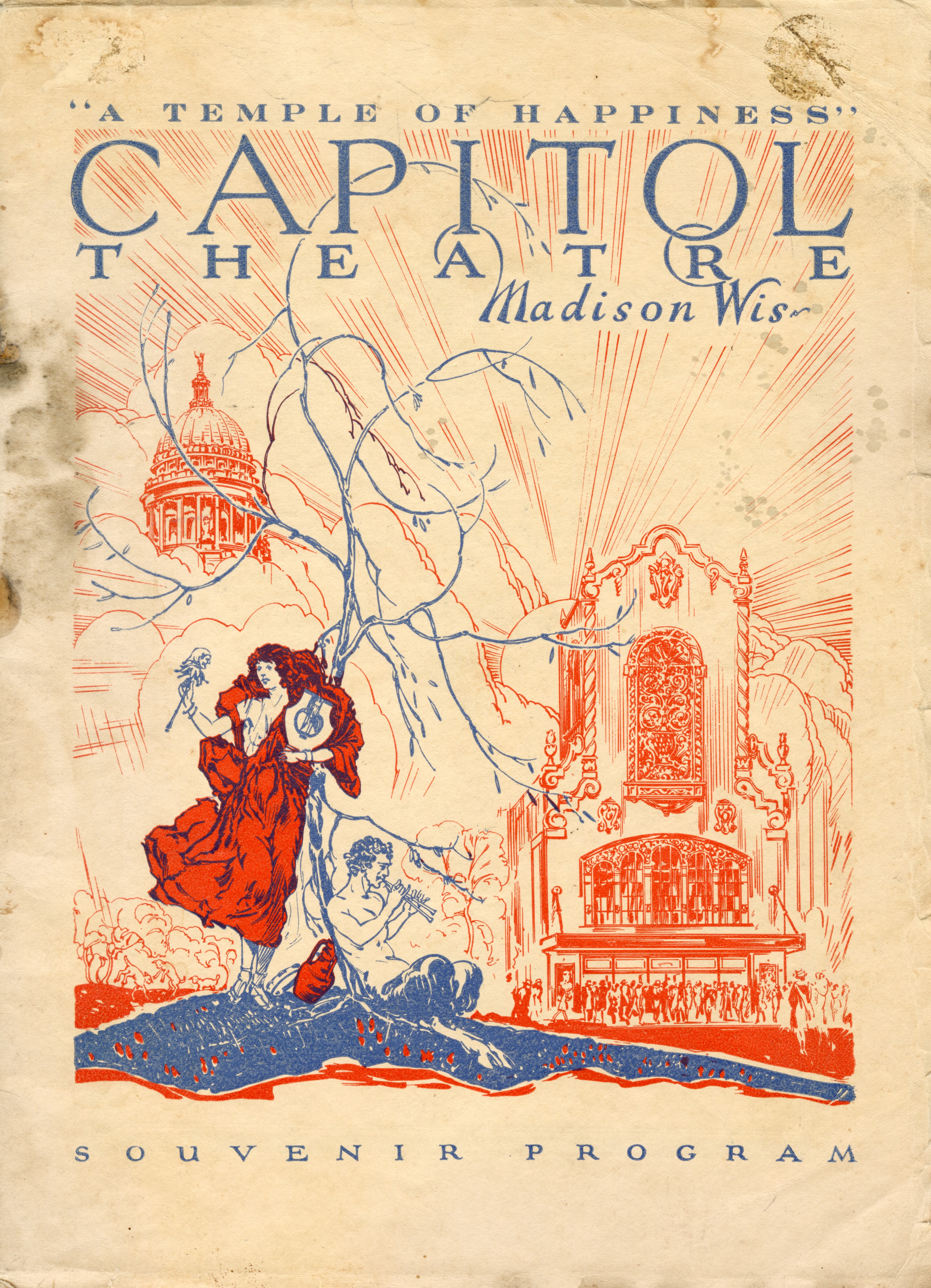About
About Omeka S
This is the "test site" within the Comm Arts installation of Omeka S. The purpose of this site is to demonstrate the capabilities of Omeka S, as well as provide a space where editors and authors can test its functionality, as well as determine any crucial differences between Omeka S and Omeka Classic.
Content Blocks
Unlike Omeka Classic, where each individual page was generally its own set of HTML code, Omeka S pages are built by combinining various types of "content blocks." These blocks can automatically include page links, item previews, and other information, but can also contain arbitrary snippets of HTML code as well.
Items and Resources
Items that are added to Omeka S are then available for use on any of the constituent individual Omeka S sites. This can help avoid duplication - especially if the same digital item is to be used on multiple websites.
Each "item" refers to a single archival object - e.g. a script, a photograph, or a set within a colleciton etc.
Each "item" can contain multiple pieces of media. For example, the "Wendy Clarke Love Tapes publicity" item contains several images. This is useful for including multiple page scans within a single logical entity.
Items can also be assigned to "Item Sets" for easier organization. This will be especially important because across all of Omeka S there will be many objects from many collections. We should create a new item set for every WCFTR collection that is represented online here.
One of the content blocks that is available can display one or more items, including links to their individual pages:
There is another content block which can list the results of a particular item search query:
It is also possible to manually embed a particular piece of media. This is useful because you get options to float an image to the right or left. If you do want to do this, be sure to place the "media embed" block before the HTML block which contains the paragraph of text. Otherwise the page may not align quite as you expect.
There are also options such as lists of pages or lists of sites:

This is a test website to demonstrate the features that Omeka S offers for Comm Arts and the WCFTR
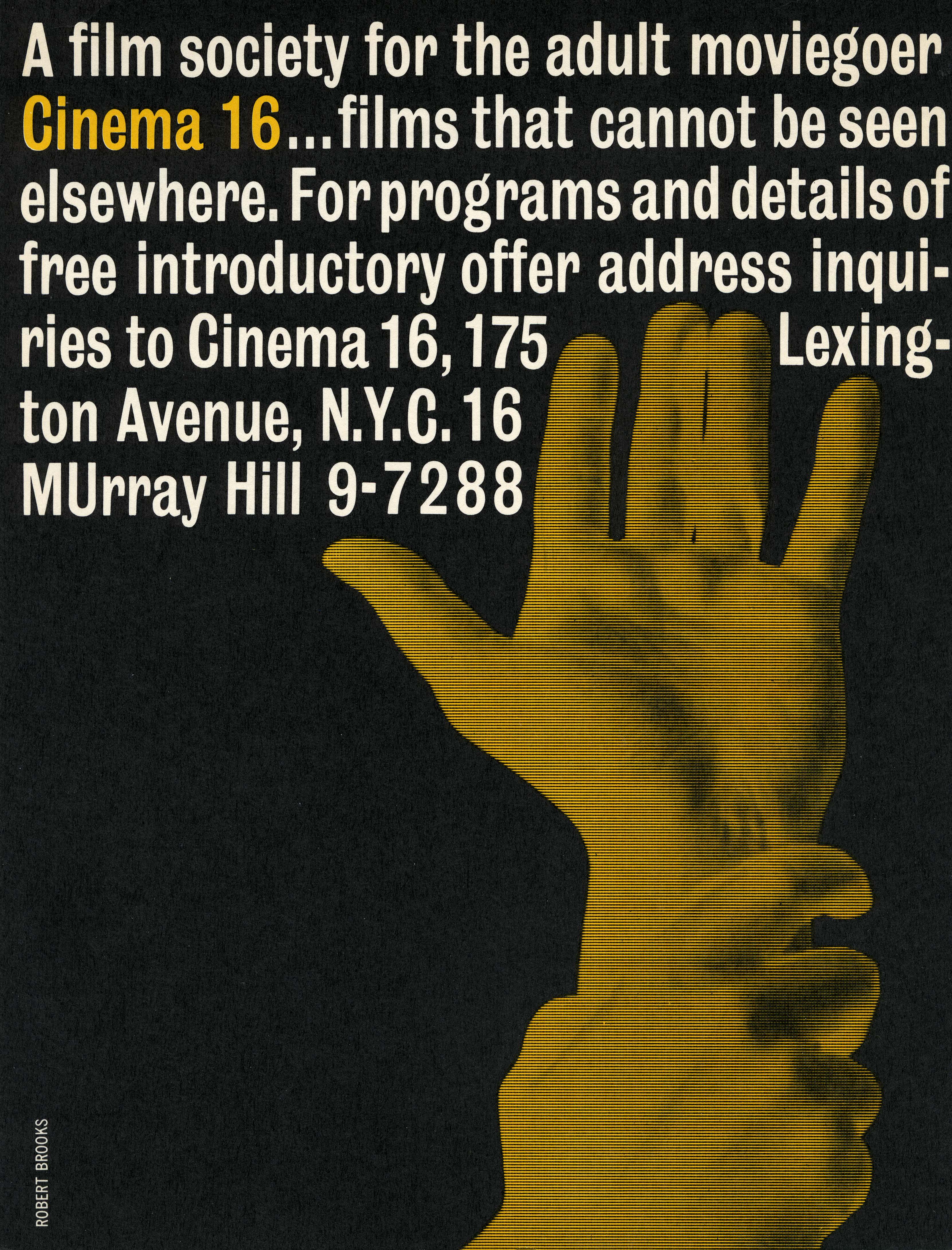
This two-year project was funded by a 2023 NHPRC grant and matching funds from UW-Madison, allowing WCFTR to fully process and digitally curate four collections that broaden our understanding of American film culture: the Amos Vogel papers, the Chuck Kleinhans and Julia Lesage papers, the Elfrieda Abbe papers, and the Wisconsin Film Festival collection. The four collections contain extensive connections with American film history, and they offer the chance to study a vibrant film culture that extends far beyond familiar studios and directors.

The Overture Center collection at the Wisconsin Center for Film and Theater Research includes photographs, playbills, news articles, and ballyhoo from the center's long history in Madison, Wisconsin. The exhibits on this website help introduce Overture Center as a state-of-the-art performance space that has become an integral part of the Madison community. By focusing on the center's history and development, this collection demonstrates Overture's mission to “Support and elevate our community’s creative culture, economy, and quality of life through the arts.”
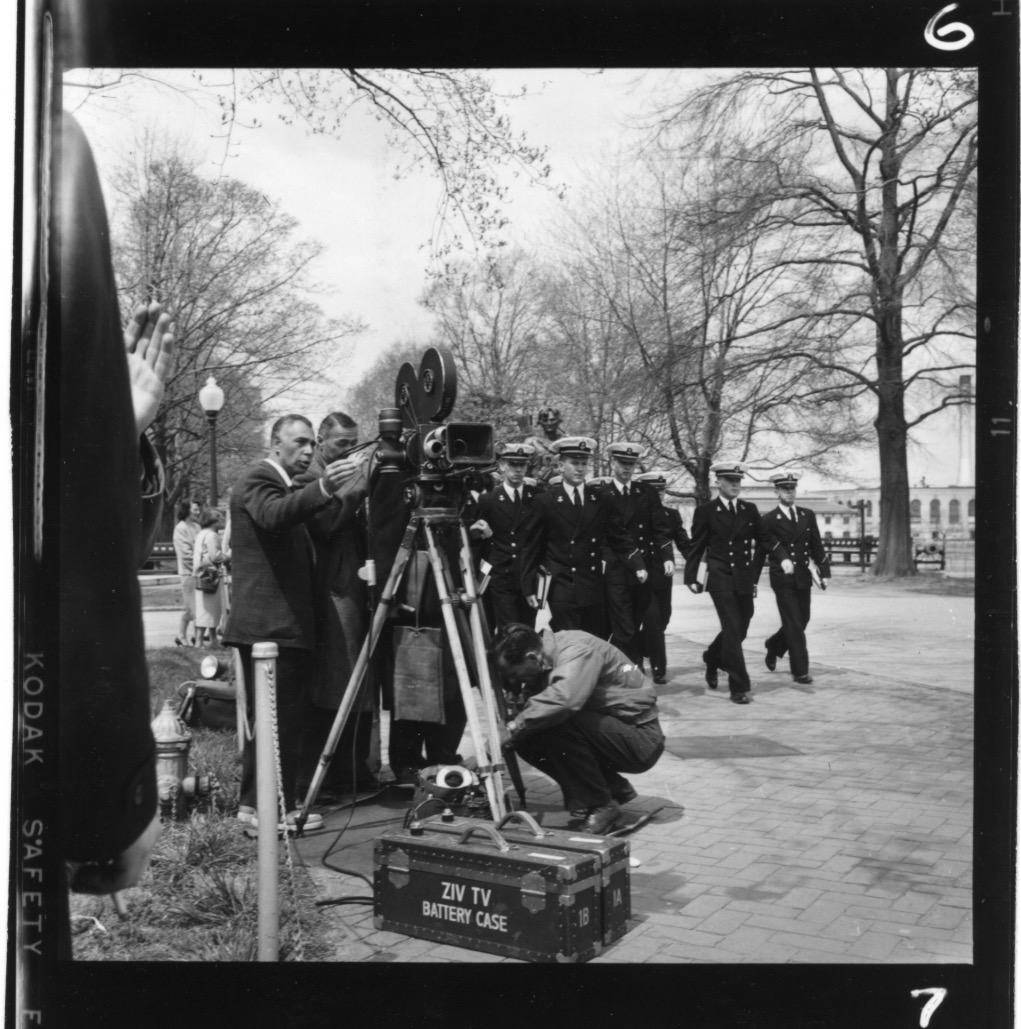
These early television exhibits present items from the Faye Emerson and Ziv Television collections, including clips, sample episodes, and photographs, alongside introductions that offer users various entry points to appreciating the programs and understanding the historical conditions that produced them.
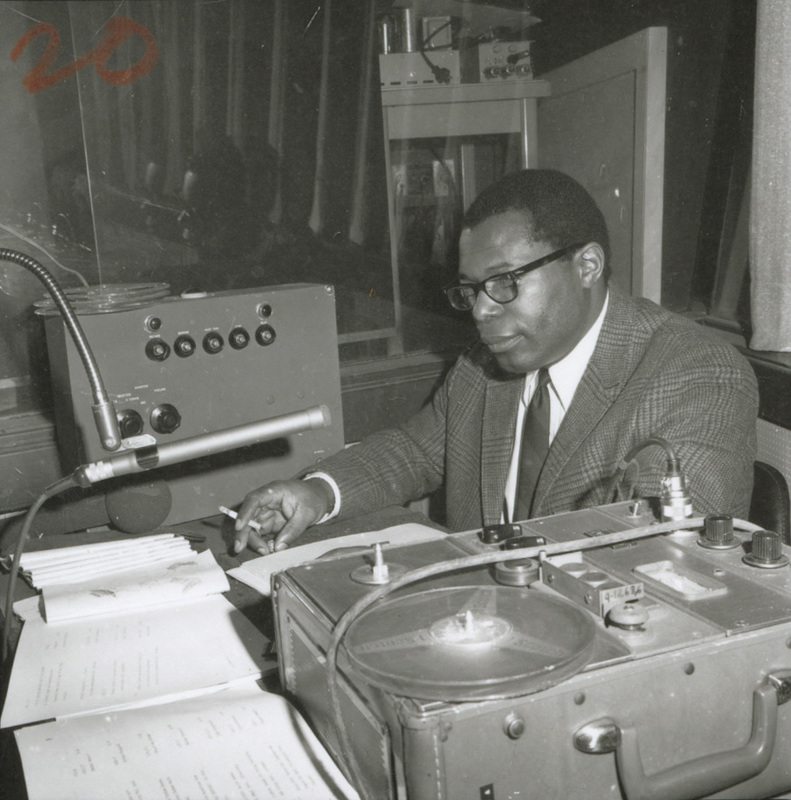
The Hartford Smith Jr. collection at the Wisconsin Center for Film and Theater Research includes the full 1968 radio series Seeds of Discontent and many of the raw interviews recorded during its production, as well as correspondence, scripts, reports, press releases, and clippings related to the series and Smith's career as an educator and social worker.
Papers of actress Faye Emerson reflecting her private and professional life, particularly her work in television, radio, film, and theater.
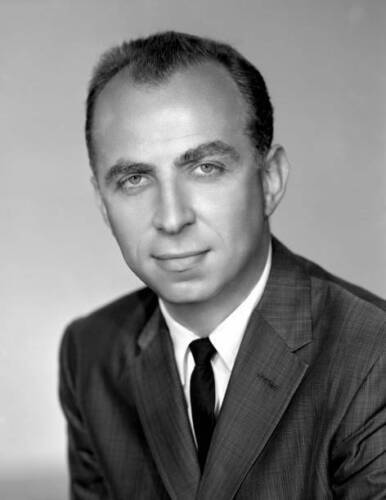
The Alvin Boretz collection at the Wisconsin Center for Film and Theater Research includes scripts, notes, and correspondence from his prolific career as a screenwriter in radio, television, film, and theater. The exhibits on this website help introduce Alvin Boretz's writings by focusing on his time working in radio, television, film, and theater through a curated group of items.
